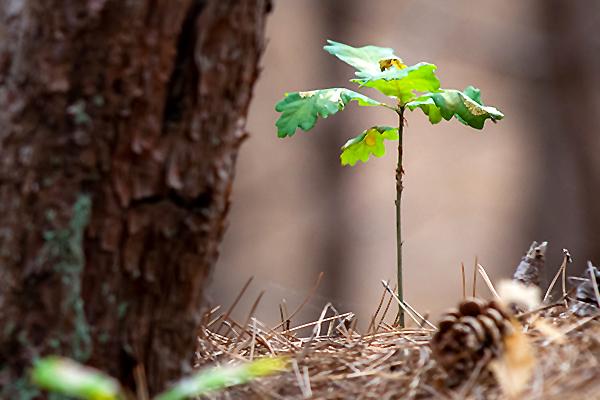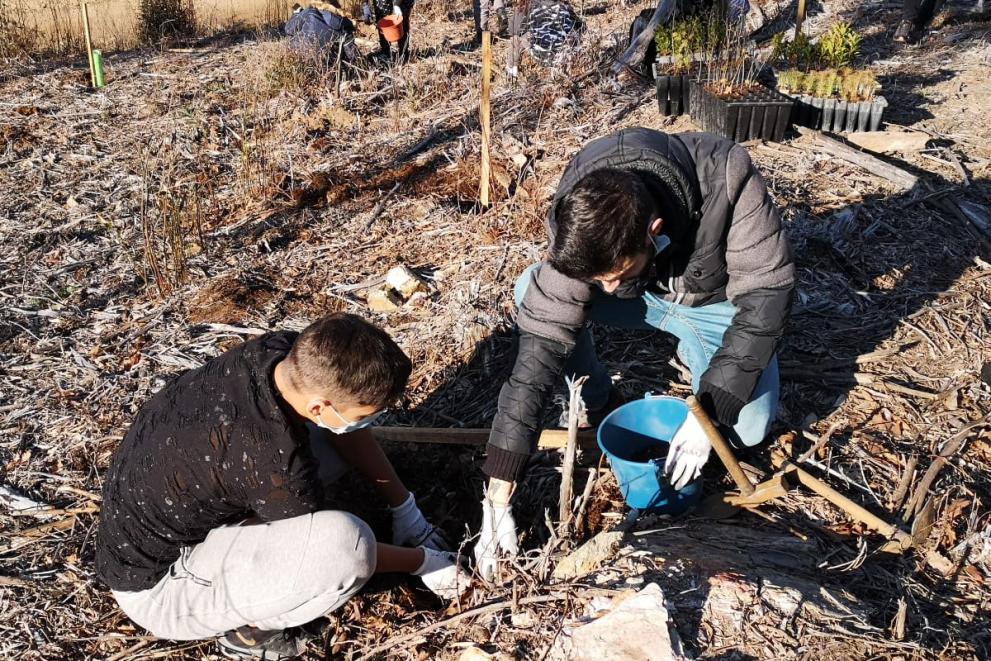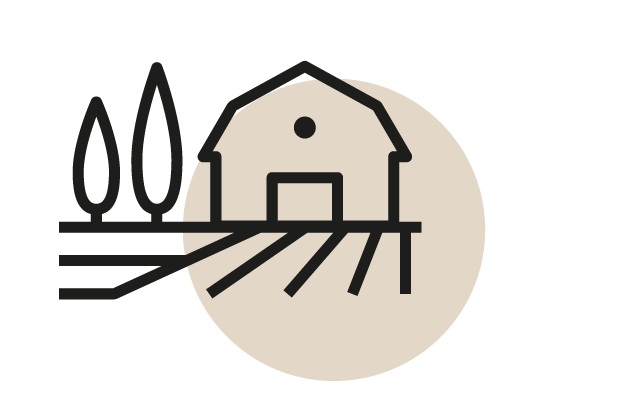Our goal
The EU has committed to planting 3 Billion additional trees before 2030. This pledge is part of the plan to tackle the protection and restoration of nature.
To achieve this ambitious target, we need everybody on board, to plant trees and make sure that they grow over time. Tree planting requires everyone involved to work together and the success of the pledge depends heavily on grassroots initiatives. Individuals, landowners, nurseries, associations, companies, and public bodies, such as cities and regions are all encouraged to participate in the initiative.
How can you help?
 Plant a tree
Plant a treePlant a tree or shrub, in a garden, on your balcony, in a forest, anywhere! Register your tree in the app. Organisations planting trees can report them here.
 Take action
Take actionReport a planting location that has potential for new trees. See what's happening in Europe and around the world #ForOurPlanet.
 Get your town on-board
Get your town on-boardContact your town or city to ask them to plant more trees. Support and funding is available.

Why plant more trees?
 Climate change
Climate changeA mature tree can absorb over 22 kg of CO2 per year on average. Urban green spaces also help to address the Urban Heat Island effect.
 Fresh air, clean water
Fresh air, clean waterTrees help reduce and remove pollution by filtering air particles, releasing oxygen, purifying water and reducing noise.
 Biodiversity
BiodiversityAttract wildlife, including pollinators, by providing nesting and hibernating spaces. Green infrastructure can connect artificial and natural areas – linking forests, farmland, wetlands – which encourages biodiversity
 Prevent floods and droughts
Prevent floods and droughtsTrees stabilise river banks, regulate water flows, and retain and store excess rainwater – this also reduces flooding in urban areas.
 Protect and restore nature
Protect and restore naturePlanting native, climate adapted species, respecting ecological principles, would have a positive impact on the EU’s 431 threatened native tree species.
 Trees are beautiful
Trees are beautifulUrban green areas in particular provide space for recreation, social exchange, educational purposes and reconnecting people with nature.
 Save money
Save moneyAll these advantages generate economic benefits, by reducing the need to treat water and soil.
 Better farming
Better farmingTrees provide shelter, protecting soil and crops from the effects of rain and wind. And farmers can supplement their income with tree-sourced products.
The right trees in the right place
Planting and growing the right tree, in the right place, and for the right purpose requires long term planning and monitoring. In practice, this means planting the right mix of tree species not only in forests, but also in agroforestry, agricultural and urban areas. No trees should be planted in areas of high nature value such as mires, bogs, fens, wetlands, peatlands, and grasslands.
Guidelines on afforestation, reforestation & tree planting
Support and funding guidelines for EU, national & regional levels
To be counted in the pledge, your tree must:
- Already be planted
- Have been planted or sprouted after 20 May 2020
- Must be an additional tree, not a tree that would have been planted or would have grown anyway.
- Must be a tree that benefits biodiversity and the climate, and in particular must not be an invasive alien species
Urban greening

Street trees, trees in parks and open spaces, trees on private property and in green buildings... As well as expanding existing forests, we need to plant more trees in urban areas and on farmland.
Trees are extremely important in highly urbanised areas which have few natural habitats. They make our towns and cities more attractive and nature-oriented. Pollution and urban heat disproportionally affect areas with lower income residents, while green areas encourage healthy mobility and have a proven social value in terms of promoting recreation and wellbeing.
Green roofs, urban gardens, and replacing tiles with plants also help to green our cities. Although the pledge is about trees, smaller plant and grass species can be used to create other types of green areas, which bring similar benefits.
The pledge to plant is just one part of nature conservation
This pledge will not solve the climate nor the biodiversity crisis on its own. Planting new trees is not an alternative to preserving existing trees, but a complement to broader conservation action. The Commission is taking further action to improve the quality and quantity of EU forests through the new EU forest strategy for 2030. This strategy aims to increase forest coverage in the EU whilst respecting ecological principles, and improve the resilience of forests in the EU. It includes commitments to strictly protect remaining EU primary and old-growth forests, ensure that forests are managed sustainably, and improve the monitoring of EU forests.
How is the project being monitored?
The pledge of 3 billion additional trees is carried out with a long-term planning and monitoring scheme. This will ensure that the trees are not only planted, but are also allowed to grow over time and thrive in a changing climate. The Commission will not check the planted trees but rely on a Declaration of Honour signed by the participating organisation or individual.
The European Commission is counting and monitoring the progress. It provides political and technical support, communication and labelling, while the European Environmental Agency co-operates the counting and monitoring platform Map My Tree.

